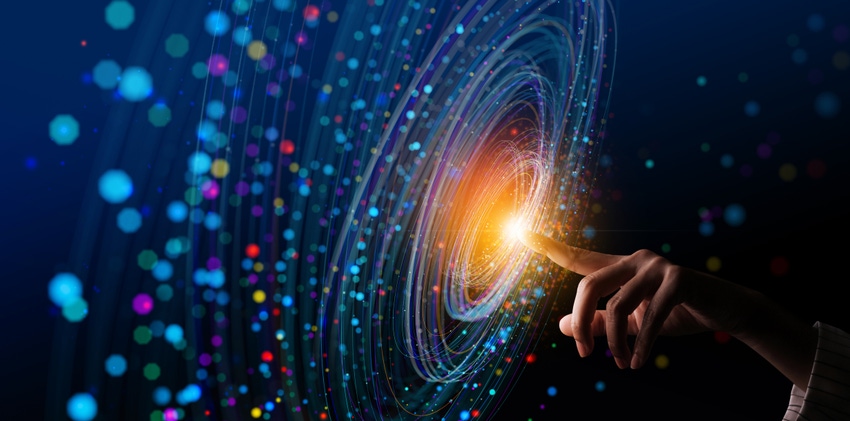Indosat Is On An Infinite Journey: Inside The Company’s Remarkable Run Of Success
May 2, 2023

Sponsored Content
There’s momentum, and then there’s momentum – of the sort that begins to seem virtually unstoppable.
That describes Indosat’s soaring success over the past several years, dating back to a business turnaround mandate in early 2019 and marked by a dozen straight quarters of double-digit growth. That momentum has had cascading effects not only for the company itself, according to President Director and CEO Vikram Sinha, but for Indonesia at large.
“When you have 12 quarters of consistent double-digit growth, growing at four [-to-] five times the industry, and two times the revenue, it [creates] that mindset and a bigger vision that this is good for Indonesia, good for our customers, and good for our shareholders,” Sinha said recently at MWC Barcelona. “The last 14 months have been [especially] good for us.”
It’s not hyperbole, either. Indosat has a legacy of more than five decades in Indonesia, the world’s fourth-largest nation by population with approximately 275 million people. It’s also a booming economic force, powered by a growing – but largely untapped – digital economy that Indosat expects will account for 14% of total GDP by 2027.
The company anticipates playing a major role in connecting that digital economy, especially on the heels of its successful $6 billion dollar merger of Indosat Ooredoo and Hutchison 3 Indonesia; the combined company is now the second-largest operator in Indonesia.
Sinha credits the natural synergies of Indosat Ooredoo and Hutchison 3 pre-merger, from their respective brand strength to their spectrum holdings to their network design.
But the bigger, stronger Indosat of today is more than a matter of technology and brand strength. Sinha notes that, post-merger, he spent the majority of his time focused on the culture of the new organization, which he says has both fostered its recent success but also set it up for continued growth for the next decade and more.
“For the first 12 to 13 months, 70% of my time was on culture,” Sinha says. “A lot of people were telling me, how will you get different sets of culture together? I saw it as an opportunity, I was not working from an integration mindset, I was working from a transformation mindset. How many times in life do you get an opportunity to do something fully transformative?”
Indeed, he and his leadership team set out to build something new rather than merely merge the existing cultures of the two previously separate operators.
“You have a unique opportunity to build the culture which you want,” Sinha says, adding that culture was the single biggest piece of the new company’s success. “You have to make sure you get it right – if you don’t get it right in the first year, it never gets done.”
Sinha also credits Indosat’s strategic partners, such as Huawei, for its post-merger momentum. He points to the post-merger network integration as an example: The company previously estimated it would take 24 months, but it was completed in half that.
“We could not have done it, what we have achieved in the last 13-14 months, without our partners,” Sinha says.
The new Indosat is only scratching the surface of its future ambitions. The company sees itself as an integral part of Indonesia’s overall growth and transformation. For example, Indosat anticipates bringing 21 million rural Indonesians online for the first time over the next several years, according to Sinha.
“A lot of our people ask me: ‘what is your target?,’” Sinha says. “I have a very simple and clear answer. Our target is to empower every Indonesian, 275 million Indonesians. We have already connected 100 million Indonesians, but what really excites us is our purpose, which is larger than life.”
About the Author(s)
You May Also Like











_1.jpg?width=300&auto=webp&quality=80&disable=upscale)


.png?width=800&auto=webp&quality=80&disable=upscale)